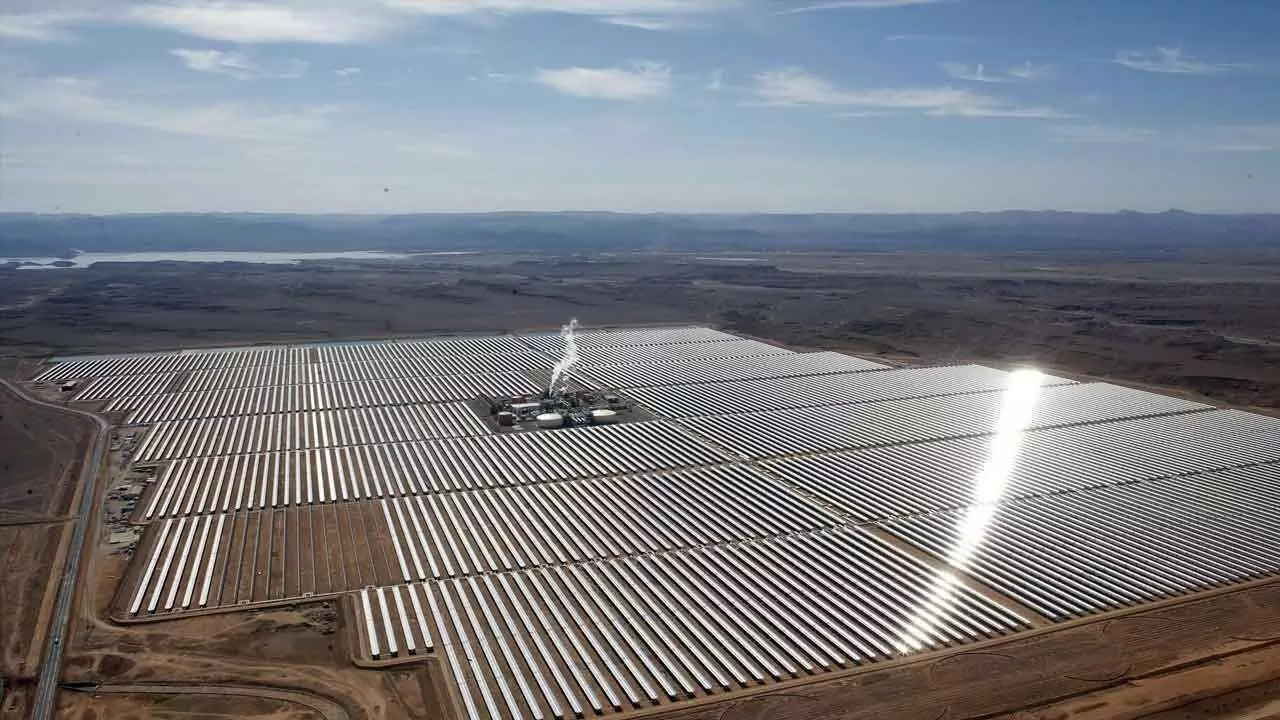Onus Is On The Centre To Boost Country’s Solar Sector
Onus Is On The Centre To Boost Country’s Solar Sector

Despite India having a strong pipeline of solar projects, solar capacity additions dropped significantly by 25 per cent year-on-year in the Q1, 2025. India installed 6.7 gigawatts (GW) of solar capacity in the first quarter (Q1) of 2025, while the capacity additions decreased 25 per cent year-over-year (YoY) compared to the 9 GW installed in Q1 2024. Installations were also down 14 per cent compared to the nearly 7.8 GW added in Q4 2024. At least that’s what is revealed in the latest study by Mercom India, the Indian arm of the leading global clean energy research and consulting company. In Q1, the country installed 5.5 GW of large-scale solar capacity, with open access projects accounting for 19.8 per cent of the total. Installations declined by 15 per cent quarter-over-quarter (QoQ) and 36 per cent YoY. Several projects slated for Q1 commissioning were postponed due to factors such as insufficient substation capacity and transmission infrastructure, land acquisition challenges and delays in PPA signings. Additionally, a significant shortage of domestically manufactured modules, combined with elevated prices, created procurement hurdles for developers.
Solar installations were, in fact, off to a slow start in Q1. All these facts and figures are to be seen in light of the fact that while the project pipeline for 2025 is strong, a shortage of domestic modules and persistently high prices remain key concerns. Unless supply-side challenges are addressed quickly, project executions could be stalled. PPA and PSA signings continue to lag behind tenders, while land and transmission bottlenecks are slowing the progress and delaying project commissioning. The government must act quickly to approve the ISTS waiver extension and end the uncertainty surrounding it. Without an extension, a significant number of projects will become financially unviable, further disrupting the market. In Q1 2025, India added 12.3 GW of new power capacity, with solar power accounting for 54 per cent of capacity additions. One must note that as of March, the country’s cumulative installed solar capacity stood at 104.6 GW. Solar energy accounted for 22 per cent of the total installed power capacity and 48 per cent of the total installed renewable energy capacity.
Large-scale solar projects contributed over 86 per cent and rooftop solar nearly 14 per cent to the cumulative installed solar capacity. When it comes to solar project pipeline, India’s large-scale solar project pipeline stood at 180.4 GW, with another 127.8 GW of projects tendered and pending auction at the end of Q1 2025. The average cost of large-scale solar projects increased three per cent QoQ and one per cent YoY. Tenders totalling 14.4 GW were announced during the quarter, down 53 per cent YoY and up 5 per cent QoQ. In Q1 2025, 6.4 GW of solar projects were auctioned, down 39 per cent QoQ and 74 per cent YoY. Looking at state-wise figures, Rajasthan and Gujarat led large-scale solar installations in the quarter, accounting for 35 per cent, and 30 per cent of the capacity installations, respectively. Maharashtra ranked third with 16 per cent. The solar sector in the country is looking up to the government and how it acts and removes the various uncertainties.

